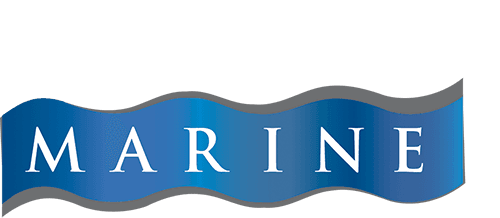FRP thru-rods for pontoons are a highly specialized product.Not all composite products are created equal, and not all FRP rods are suitable for use in the construction of pontoons.
The performance properties of Pultron’s FRP pontoon approved thru-rods are attributed to the composite mix, thread design, use of a specialized nut, and a thorough quality control process.
The FRP pontoon approved Thru-Rod from Pultron Composites is a highly specialized product. It was developed by Pultron in partnership with world marina builder Bellingham Marine exclusively for use in floating dock systems.
Pultron’s one-of-a-kind FRP thru-rod will not fatigue or deform under long term stress. It has tremendous tensile, shear, and thread strength. It is specially designed to withstand the dynamic forces and corrosive nature of the marine environment. The rod’s specialized performance properties are directly related to the composite mix, a unique thread design, and use of a specialized nut.
There is great variation between products within the composite industry. By definition, a composite is made up of various parts. While products from different manufacturers may look similar their physical, chemical and performance properties most likely differ.
Therefore, it is important to know the difference between an FRP rod that has been designed and approved for use in a pontoon system versus one that has not been approved.
The truth is, not all composite products are created equal. Unlike the steel industry there are no universally accepted standards or grading systems in place for buyers to use to judge the appropriateness of an application for a specific composite product. Therefore, we must educate ourselves.
By educating ourselves about which FRP components are safe for use in the construction of pontoons and which are not, we can safeguard marina owners, operators and pontoon manufacturers from taking unnecessary risks.
Use of subpar products can lead to product failures. It creates issues of safety and open exposure to litigation of all parties involved in a project.
Allowing inferior products to enter the market can ruin reputations. It hinders the industry from taking advantage of advancements in materials technology now and in the future.
Be cautious of companies claiming to have an FRP rod approved for use in pontoons. When approaching a new supplier of FRP rods, ask for proof of approved uses and evidence of sound testing.
Request documentation of the manufacturer’s quality control processes. Look for evidence of control practices that cover physical, mechanical and thermo-dynamic properties of the product.
To our knowledge, Pultron is the only pultrusion /composite manufacturer capable of providing an FRP rod that has a long service life in the dynamic application of a pontoon system.
Pultron specializes in the manufacture of high performance composite products for niche market applications where reliability is critical. The company has invested years of research into the development of an FRP thru-rod appropriate for use in marina construction.
EVIDENCE OF QUALITY CONTROL PRACTICES – WHAT TO LOOK FOR FROM YOU FRP ROD SUPPLIER
Pultron’s Composite Materials Research Laboratory conducts over 15 different critical quality control tests.
All rods are tested for strength as part of a 250,000 per annum strength testing program.
These tests ensure chemical and mechanical bonding of the composite meets the required strength for use in a pontoon application.
Incoming resin materials are tested by Differential Testing Calorimeter before release to production. This removes variability that can occur from the supply chain.
FRP rods are tested by Dynamic Mechanical Thermal Analysis (DMTA). This ensures the resin has achieved full cure during the production process. This is essential to ensure the long-term mechanical properties and durability of the FRP rod.

